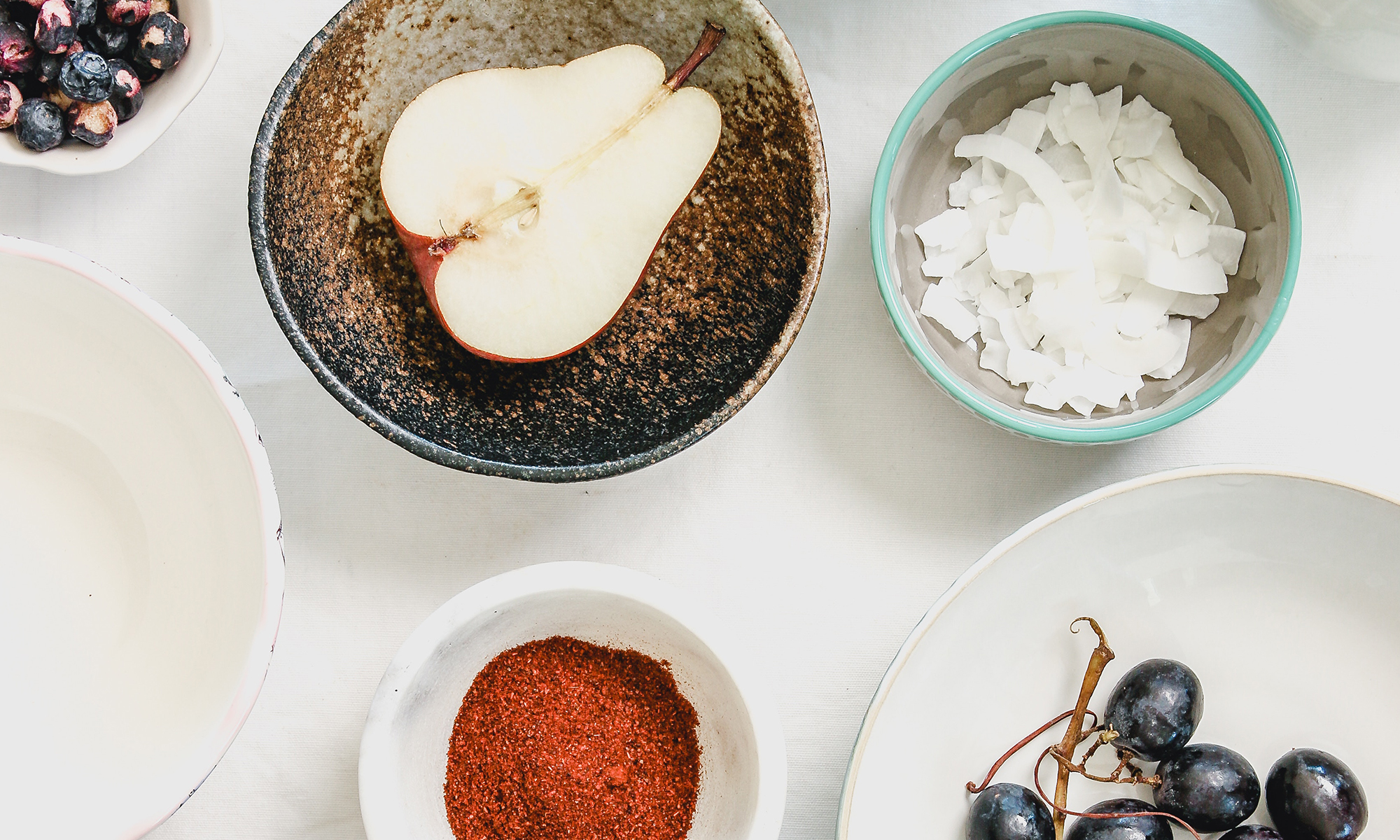I am the queen of substitution. If a recipe calls for pork, I may make it with venison, duck or tuna. And if a recipe calls for tahini, and I don’t have any on hand, I’ll use what I have – either sesame oil or grind toasted sesame seeds.
No different in making Thomas Keller’s Pacific Moi with Fresh Soybeans, Scallion and Radish Salad, and Soy Temple Orange Glaze. I use salmon or arctic char in place of the moi, and Tropicana in place of the fresh squeezed Temple Orange Juice. The dish is exceptional even with my substitutions.
But one day last spring, I took it too far. When fava beans were in season, I opted to use them instead of the edamame. I knew the flavor would be different, but the color and size were similar so it seemed like an appropriate seasonal substitution. Oh, how wrong was I! First, the mealy texture detracted from the dish and the flavor did nothing to enhance the dish. I realized that the soy-beans played a critical role in the flavor profile of this dish.
This week, I had daikon and carrots in the fridge, leftover from a friend’s CSA. I decided to make this dish again, but using the soy beans as originally called for in the dish.
Some things just shouldn’t be messed with.
Arctic Char with Radish Salad, Soy Beans and Orange Glaze
2 lbs. Arctic Char
2 scallions, julienned
1 carrot, julienned
3 radishes, julienned
½ carrot, finely diced
¼ celery stalk, finely diced
¼ leek, finely diced
1 tomato, finely diced
1 stick butter
1 tbs. soy sauce
2 cups orange juice
¼ cup fresh soy beans
1 tsp. lemon juice
1 tbs. olive oil
salt and pepper to taste
plain oil for cooking
1. Place orange juice in a pot, and cook over high heat until reduced by to about ½ cup. Remove from heat and whisk in 3 tbs. butter. Season with soy sauce. Set aside in a warm place.
2. Combine scallions, carrot julienne and radish julienne in a bowl. Season with lemon, olive oil, salt and pepper.
3. Melt 2 tbs. butter over medium heat. Add carrot dice, celery dice and leek dice. Cook until soft, about 3 minutes. Add soy beans tomatoes. Season to taste with salt and pepper
4. Season fish with salt and pepper. Heat skillet over high heat, add plain oil. Cook fish on first side until brown and crispy, flip and cook for just a minute more on the second side.
5. Serve fish with glaze, small dice of vegetables, and scallion salad
Thanks to David for taking photos.



